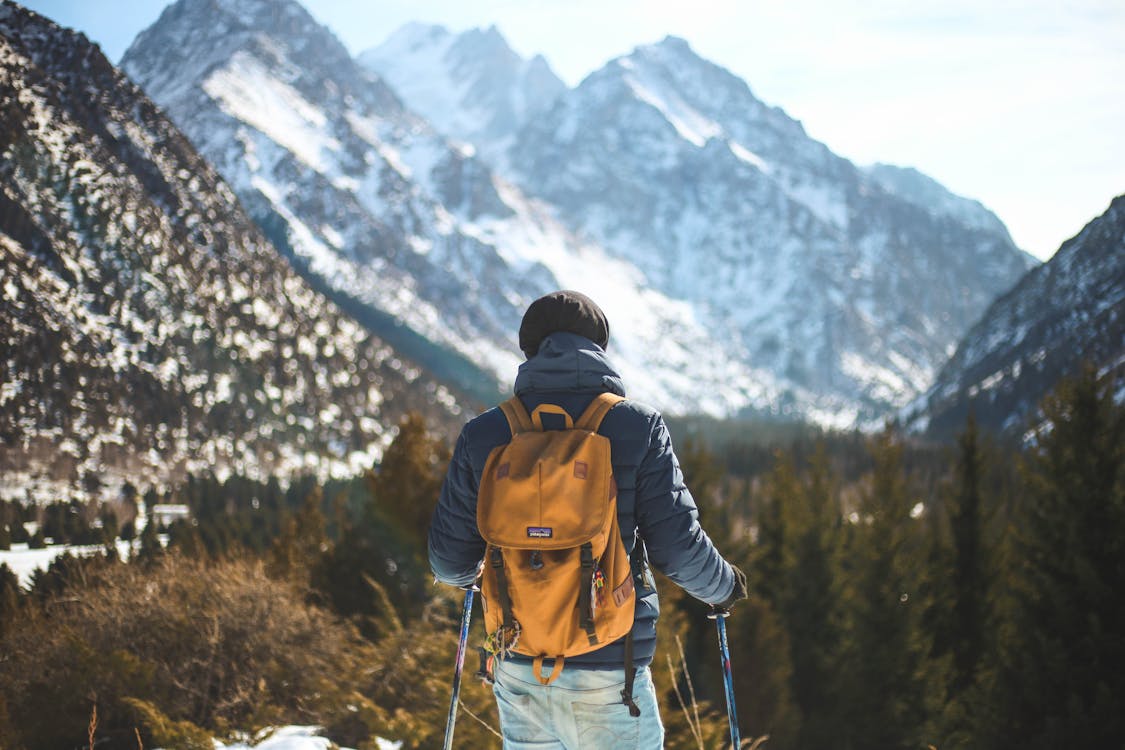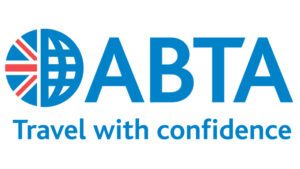 Are you ready for a hike? Photo: Oziel Gómez
Are you ready for a hike? Photo: Oziel Gómez
If you are thinking of going backpacking, here are some useful tips to make sure you have a safe and pleasurable trip.
You may not get to learn everything from this article, but at least you can get started and avoid making rookie mistakes.
As a first trial run, make it a nice easy one. That means a one night-er, a route where you won’t get lost, and with a backpack that’s not too heavy to carry. Don’t take the chance of climbing steep slopes or getting into situations where you might feel in danger or uncomfortable. Go for a popular route with hikers, where you can call for help if in trouble.
The one thing that is essential in your backpack above all else is a bottle of water. That will always keep you going and hydrated.
This post contains affiliate links that I earn a small commission from at no cost to you.
Planning is essential before you take off. Work out the route and distance, have a compass or map to hand, so that you don’t get lost.
 Never totally rely on a GPS, but if you do have one, take extra batteries. If you are looking for backpacking apps, you may consider Gaia GPS, All Trails and OnX.
Never totally rely on a GPS, but if you do have one, take extra batteries. If you are looking for backpacking apps, you may consider Gaia GPS, All Trails and OnX.
It is also prudent to go on your first trip with someone who has backpacking experience. This doesn’t mean you have to rely on them to give you all the answers, it is still good practice to do the prep yourself – knowing your route and planning your trip.
It makes sense to check weather conditions before you head out. This will determine what clothing you will need, and it might mean cancelling your trip if there is a chance of dangerous conditions. For example, heavy rain which might flood an area where you are going, or snow which could make your trip more hazardous.
When you buy your gear, make sure you know how to use it. For example, if it’s a compass, it’s better to work out how it works than doing it on your hike and getting lost. When going on a hike it is always good to take time packing your bag so that you don’t forget something. Doing things last-minute might cause problems further down the road.
Things to take on your hike:
WATER: Drink water 2-3 hours before beginning the hike. Then use 500 ml (17 ounces) of water as a starting point. You should drink 250 ml (8 ounces) every 30-60 minutes – or when you feel thirsty. On a four-hour hike I usually drink 1 and 2 litres, in addition to what I have had before and after the hike.
FOOD: You will need extra snacks to keep you going. This could include: flapjacks, dried fruit & nuts, fresh fruit, crackers, jerky, homemade trail mix, meat bars and protein and carb dense bards. Before and after a hike, have a balanced meal of carbohydrates, protein, and healthy fats before and after the hike. Meal options include oatmeal with fruit, whole-grain bread with peanut butter, or Greek yogurt with nuts and seeds.
CLOTHING: A lightweight poncho in case it rains and lots of layers to adjust to conditions. If it’s cold then don’t forget a warm coat and gloves.
 NAVIGATION TOOLS: Bring a map, compass or GPS for your hiking trip. You will want to know where you are and where you are going at all times, but you will also want to know where all the campsites, emergency exits, water sources and rest areas are located.
NAVIGATION TOOLS: Bring a map, compass or GPS for your hiking trip. You will want to know where you are and where you are going at all times, but you will also want to know where all the campsites, emergency exits, water sources and rest areas are located.
SAFETY EQUIPMENT: A fire-starter can keep you warm, a flashlight will guide you in the dark, and a whistle would help you call out for help.
FIRST-AID KIT: A basic kit will include sterile dressings, bandages, protective items and additional items such as cleansing wipes, gauze pads, adhesive tape, scissors, pins and clips and an aluminium blanket. Don’t forget to take any medications that you or your companions may need.
KNIFE: A Benchmade Bugout for its lightweight and versatility is ideal for hiking. It would be useful for fishing for food, making traps and preparing a fire by cutting wood.
SUNSCREEN/GLASSES: A sunscreen will protect your skin from sunburn and ultraviolet (UV) radiation. Reapply sunscreen every two hours or when you are sweating. Hike on shaded trails between 10 a.m. and 4 p.m, when the sun shines strong, and use mornings for open-area hikes. Get a good pair of sunglasses that shield your eyes and provide UVA/UVB and UVC radiation protection. A decent pair should reduce glare reflected by roads, water bodies, snow, and other horizontal surfaces, not to mention be sturdy, scratch resistant, and impact resistant.
BACKPACK: Find a backpack that feels comfortable on your shoulders and back. Always wear both shoulder straps, and make sure the backpack rests close to your body and is high on your back. Backpacks need to be padded, and have adjustable hip belts, as they take the strain off of your shoulders and back. A 60-80 L should be more than sufficient. Make sure it’s lightweight, waterproof and has plenty of compartments.
BOOTS: If you have bought a new pair of boots for your hike, wear them indoors so that your feet get used to them before you set out on your trail. You want to make sure they are good for walking and climbing, particularly on uneven paths and pavements. You don’t want a pair that are slippery, let in water and are not the right fit because they will make your feet tire quickly.
Here Are a Few Top-Rated Hiking Boots
- Best Overall Hiking Boot: La Sportiva Ultra Raptor II Mid GTX – They are considered ideal hiking shoes for men. I love the soles which prevent you from slipping. When it’s a perfect fit, the boot stays dry after crossing water. An extra benefit is a neoprene-like backing above hill section of the boot preventing debris from entering the boot.
- Best Budget Hiking Boot: Merrell Moab 3 Mid WP. The boot comes with a full grain leather upper with waterproof membrane, which seals out water and lets moisture escape. It has 100% recycled laces and webbing. The mesh lined removable PU insole is recyclable. It also has a lightweight EVA foam midsole with Merrell Air Cushion in the heel to absorb shock and adds stability when climbing.
- Best Lightweight Hiking Boot: Salomon Speedcross Gore-Tex men’s trail running shoes. They are waterproof, have an aggressive grip, and are a precise fit. Made in Vietnam, its new GORE-TEX construction reduces bulk and improves comfort, while maintaining complete weather protection.
RUBBISH BAG: Keep the trails you trek free of garbage. Buy a rubbish bag that is biodegradable. The one’s made from corn starch and high-tech materials (PSM) are non-toxic, harmless, and tasteless.
INSECT SPRAY: A spray can keep bu gs away like bees, ticks, spiders and mosquitoes for up to 4-8 hours.
gs away like bees, ticks, spiders and mosquitoes for up to 4-8 hours.
If you do decide to take everything but the kitchen sink, are you physically fit enough to carry a heavy backpack? You may be walking on uneven surfaces so you will need to keep your balance, some uphill walking may be required. If you are not in shape, these are some of the things you may have to consider.
Make sure that when you do go you let your close friends and family know. It is important that you tell them where you are going, what activity you will be involved in, and how many of you are going. Also, let them know when you are coming home in case you go missing or have an accident. For that reason alone never forget to take travel insurance. Whatever you do and wherever you go, make sure you have a safe hike and enjoy your trip.

